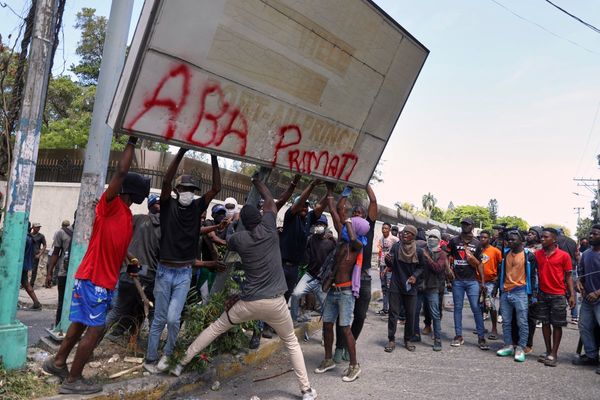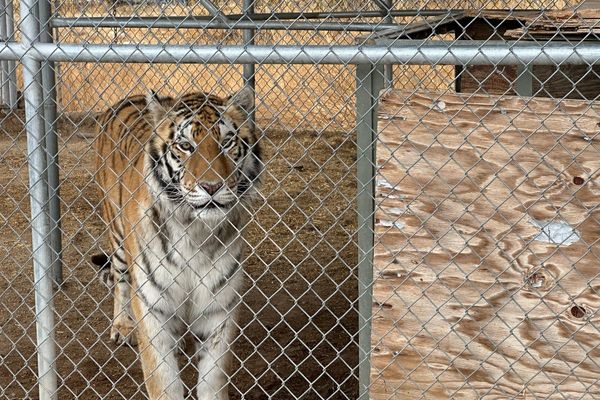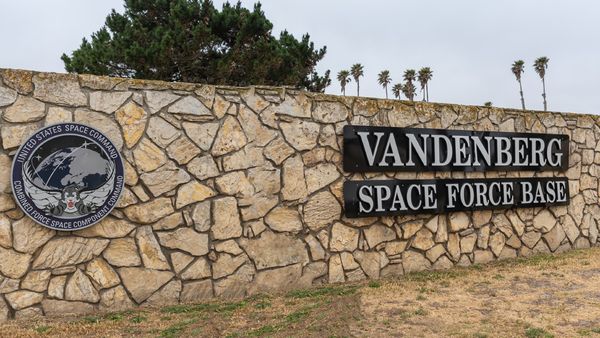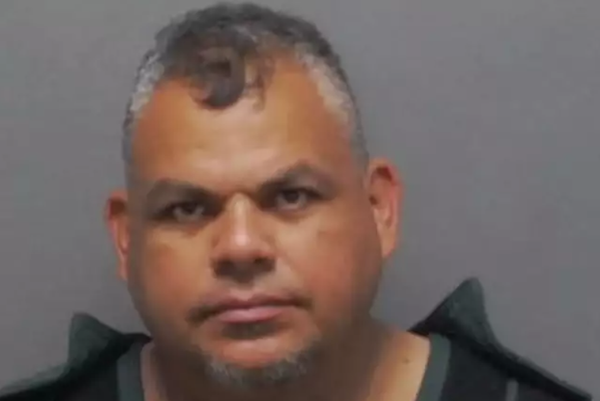
Warrant officer Jim Davison had spent a full day travelling the sea ice off the coast of Baffin Island when his group decided to set up camp for the night.
The Canadian soldier ran through a mental checklist of what was needed: shelter in the forest, wood for a fire and a source of fresh water.
“I look around and I’m a kilometre offshore. The only trees are more than one thousand kilometres away,” he said. “I realize at that moment: I don’t know what to do.”
But the combat veteran was traveling with the Canadian Rangers, a group of reservists largely drawn from Indigenous communities who serve as scouts and guides for Canada’s military in the north.
During that trip in 2023, they explained to Davison how to find shelter and food in a landscape that, to the unacquainted eye, looks both homogenous and hostile.
“When they talk, I listen,” he said. “And when they say stop, I stop.”
In recent years, Canada has realized the deep vulnerabilities of a land mass spanning nearly 4m sq km (1.5m sq miles) that makes up nearly half the country. With renewed threats to its territorial claims coming both from foes and allies, the country’s government has pledged to devote far more resources to holding the north.
But those efforts are meaningless without the help of the region’s inhabitants – long seen as pawns in a greater geopolitical game, and yet whose knowledge of the lands and waters is irreplaceable.
On Tuesday, Mark Carney made his first major domestic visit as prime minister to the far-north city of Iqaluit in a bid to “reaffirm” Canada’s Arctic security and sovereignty, adding the region was a “strategic priority” for his government.
“Canada is, and will forever be, an Arctic nation,” he said, flanked by Canada’s top soldier, the country’s defence minister and the Nunavut premier.
Carney, the first prime minister born in one of Canada’s northern territories, announced the purchase of an Australian early warning radar system and millions of dollars’ investment to improve housing and upgrade power plants in northern communities.
Carney’s visit follows the completion of Operation Nanook, an Arctic military exercise involving nearly 650 personnel. The operation, conducted alongside allies from the US, the UK, Belgium, Sweden and Finland, reflects an aim to “project force” in the Arctic, but also to sustain that force amid frozen conditions.
At every military camp scattered throughout the north, members of the Canadian Rangers are easy to spot: they sport a bright red hooded sweatshirt peeking out from underneath a parka and camouflage pants.
Their jobs include predator control, guiding to remote sites and finding paths through treacherous ice and snow. Between duties, they shelter in tents, snacking on salted fish harvested earlier in the summer. If temperatures enter a sustained deep freeze, they pull out the beluga oil, dipping pieces of caribou meat for a combination that warms one up so much “that will make your ears burn”, says ranger Emmanuel Adam.
Whitney Lackenbauer, a professor at Trent University and an honorary lieutenant colonel in the Canadian Rangers, said the 5,000-strong force, whose members come from 200 northern communities and speak 26 languages and dialects is unlike any other unit around the world.
“It’s truly unique. It has a respect for Indigenous ways of knowing, being and seeing, rather than trying to convert people into a different model of service, like conventional soldiers,” he said. “Because the Rangers have an intimate tie to the lands, they are able to navigate effectively without having to rely on GPS and anything that needs batteries. To have people who use the direction of the snow drifts, the prevailing wind conditions and the night sky to navigate – these are things I’ve experienced and they’re both invaluable.”
The Rangers’ status within the armed forces stands in contrast with the region’s dark history.
In the 1950s, the federal police rounded up transient Inuit communities under the false promise of new hunting grounds and prosperous lands, forcibly moving them to newly established settlements, so that Canada could claim the territory amid threats from the Soviet Union and the United States.
The Inuit, intimately familiar with their old hunting areas after a lifetime of learning to read the nuances of the land, were thrown by their new locations. The environments, once capable of supporting small roving groups, could not supply larger permanent settlements with enough fresh game.
“As Inuit, we have endured a great deal in the name of Canadian sovereignty,” Nunavut premier PJ Akeeagok said during Carney’s visit to Iqaluit. “Canada’s national identity as an Arctic nation was built on the backs of our communities.”
In past decades, many of those who served as Canadian Rangers were sent to residential schools, where they endured widespread abuse and attempts to crush their culture.
“I know the after-effects of what that did to our communities and the three or four generations that come after it. We’re still dealing with it,” said Jackie Jacobson, a prominent Canadian Ranger and former politician. Jacobsen spent three years at a residential school in Inuvik.
Yet Jacobson has committed decades of his life to the Rangers, mentoring countless youngsters to become key sentinels for Canada’s military.
“When the green army comes up there, we’re going to be the ones that guide them. We know our land, we know areas with overflow, pressure ridges and thin ice. The local knowledge of a ranger is priceless,” he said.
As Canada grapples with its past and the search for justice , a broader criticism of the current relationship between Indigenous peoples and the federal government often rests on symbolic platitudes. Land acknowledgments, a fixture of cultural events, have at times been rendered meaningless by a tangled attempt to reconcile broken treaties and unceded territory with sustained occupation.
But in the north, arrogance and ignorance are deadly, says Capt Alex Boom of the Canadian army, and the only way to survive is with a trusting relationship between both parties.
“The Rangers you’ll meet don’t go to the armories and play soldier once a week. They live it constantly,” Boom tells a crop of 150 newly arrived reservists before they head out onto the land. Most have never been to the Arctic. “They hunt, they fish, they survive. They pull bodies out of water. They recover downed aircraft. This is their land.,”Boom says.
Boom cautions the troops that the Rangers’ job is to keep them alive and safe – not to be called on for menial tasks. “These are sage men and women born of, and shaped by, the north. They thrive up here,” he said. “They’re quiet but they’re watching all the time. They hear everything. They’re seeing you constantly. They’re very happy to share their knowledge, once you gain their respect.”
For Rangers, too, Operation Nanook gives some a chance to experience parts of the country that are foreign to them: the Arctic encompasses a vast and diverse geography. During the exercise, Angela Okalik, who flew to Inuvik from the hamlet of Whale Cove, had to grapple with a new and unfamiliar obstacle on the landscape: trees.
“I love it here, learning from others. And snowmobiling through forests is weird, but really fun,” she said.
Working with Jim Davison, who now serves as liaison between the Rangers and the rigid structure of the military, Okalik and two others from Whale Cove have been given a task closer to their comfort zone: standing guard while military scientists test cold-weather gear on a frozen lake well above the tree line, and helping build a runway for one of the world’s largest transport planes.
“This,” she says, surveying the vast white landscape. “This, I know.”







